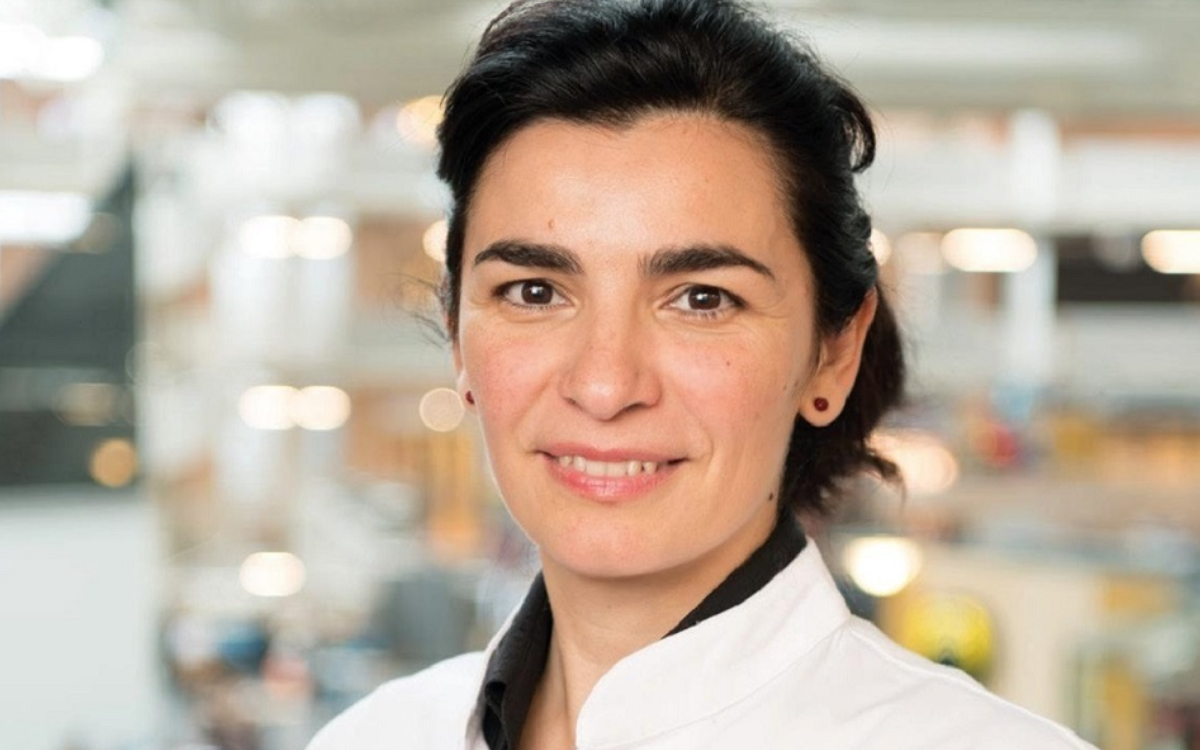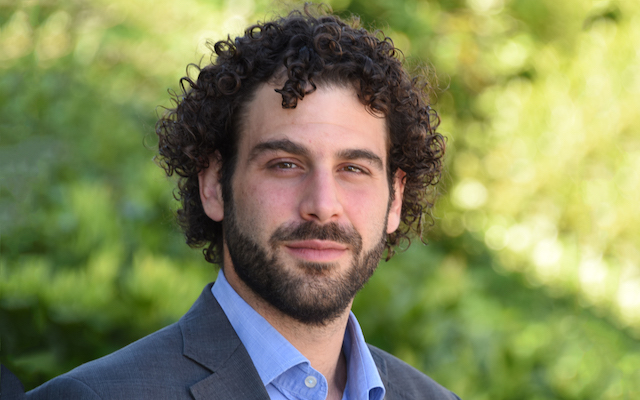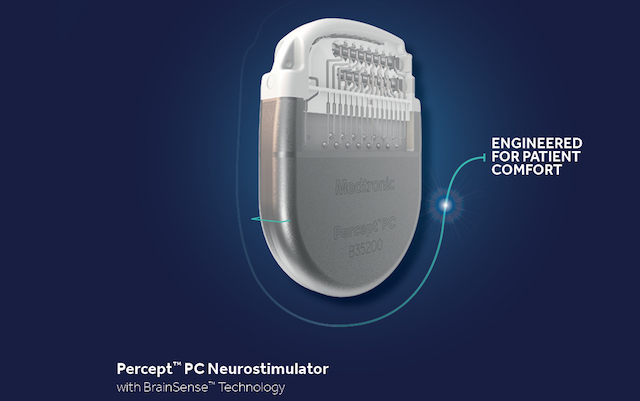
A deep brain stimulation device – launched by global medical technology company Medtronic – continuously records patients’ brain signals and creates a “diary of motor symptoms”. Two experts share how the technology is introducing a new era of personalised Parkinson’s treatments
“New technologies are very important to further increase the benefit of deep brain stimulation,” says Maria Fiorella Contarino (pictured above), a neurologist based in the Netherlands.
For two decades, Dr Contarino has worked in the field of deep brain stimulation (DBS) – a surgical procedure in which electrodes are placed in specific regions of the brain to treat movement disorders like Parkinson’s.
Using traditional DBS technology, clinicians can measure the activity of a patient’s brain cells during surgery or in clinical settings – and set a frequency and amplitude to stimulate the patient with, 24 hours a day. A new wave of technology launched earlier this year – including the Percept™ PC neurostimulator with BrainSense™ technology – aims to tailor this treatment to the needs of individual patients by continuously recording brain signals in any setting.
“What’s new now with the Percept™ PC neurostimulator is that you can get the same information from the patient at home, and not only in an experimental setting. This opens up the possibility of collecting huge amounts of data – and this is very much needed because all the patients are different,” says Dr Contarino. “There is a chance for both the neurologists and the patients to peek inside the brain, see what the signature mark of the disease is, and how deep brain simulation can change and improve it.”
Created by global medical technology company Medtronic, the Percept™ PC neurostimulator also comes with a Patient Programmer – a handheld device that allows users to control their stimulators and record any changes in brain activity. So far, Dr Contarino has implanted the new neurostimulator into two patients.
“Physicians can use it in two ways,” she explains. “One is when the patient is present in the office, enabling the physician to check what the brain signals are at that moment and adjust the simulation settings accordingly. The second way is via at-home recording, when we switch the recordings on, and the patient goes home. We can then record signals for weeks, so, when the patient returns to the office, we potentially have a sort of diary of the motor symptoms. Based on this information, we could then decide whether the stimulation parameters are good or not.”
Tailoring treatment to a single patient
“These types of technologies are new for nearly everyone,” says Gaetano Leogrande, a senior research and development engineer who helped develop the technology behind the Percept™ PC neurostimulator – BrainSense™.
Leogrande supports healthcare practitioners like Dr Contarino to understand and use the BrainSense™ technology, offering training and answering any questions.
In the future, Leogrande says, it is hoped that the stimulation will be adaptive. This means that the stimulation will be “automatically and frequently adapted according to the needs of a specific patient at a specific point in time”.
“This is important because we hope that it will reduce symptom fluctuations, reduce side effects and extend the longevity of the device, so we won’t have to bother the patient with as many replacement sessions,” he explains.
Tailoring DBS to the needs of each patient is necessary because “every patient has a different form of the disease”, says Dr Contarino. “There are some patients who have more tremors, some who are slower, some with symptoms that are more on one side of the body […] There are patients of all ages – young and old. And, even within the same patient, symptoms can change as the disease progresses.”
With the Percept™ PC neurostimulator, she says: “We are moving past the idea that one treatment fits all. Of course, traditional stimulation gives a consistent and significant improvement to all the patients1, but maybe if we can further tailor the treatment to a single patient or even to a single day of that patient’s life, we can improve it even more.”

A generational step for DBS
Discussing the response to the technology so far, Leogrande says: “Clinicians seem to be very excited about the technology, the information it provides, and the ease of use. Recently the technology was defined as a game changer by one of the main opinion leaders in this field, because it provides data that cannot be obtained in other way.”
According to Dr Contarino, it’s too early to comment on the advantage of this new system for her patients, but she does say “they’re happy that there is ongoing research and technical advances into the DBS treatment”.
Looking ahead to future developments for the Percept™ PC neurostimulator, Dr Contarino says: “The next step is to study the brain further and try to get more data – and then try to automatize the adaptive stimulation. We want to teach the system to recognise the signals and to set up the best parameters automatically. This will be a big improvement.”
Leogrande adds: “The age of the world’s population is increasing, and it means we can expect more and more people to need these therapies and solutions – so we cannot stop research in understanding how to better care for these patients. My personal belief is that in a few years from now, we’ll be able to collect enough data with this device to use artificial intelligence to predict the evolution of Parkinson’s. This might really be a generational step for the understanding of the brain and the titration of DBS.”

Find out more about Medtronic DBS therapy for Parkinson’s disease.
Lead image credit: Josje Deekens Fotografie
Parkinson’s Europe is sharing this article for information purposes only; it does not represent Parkinson’s Europe’s views and is not an endorsement by Parkinson’s Europe of any particular treatments, therapies or products.